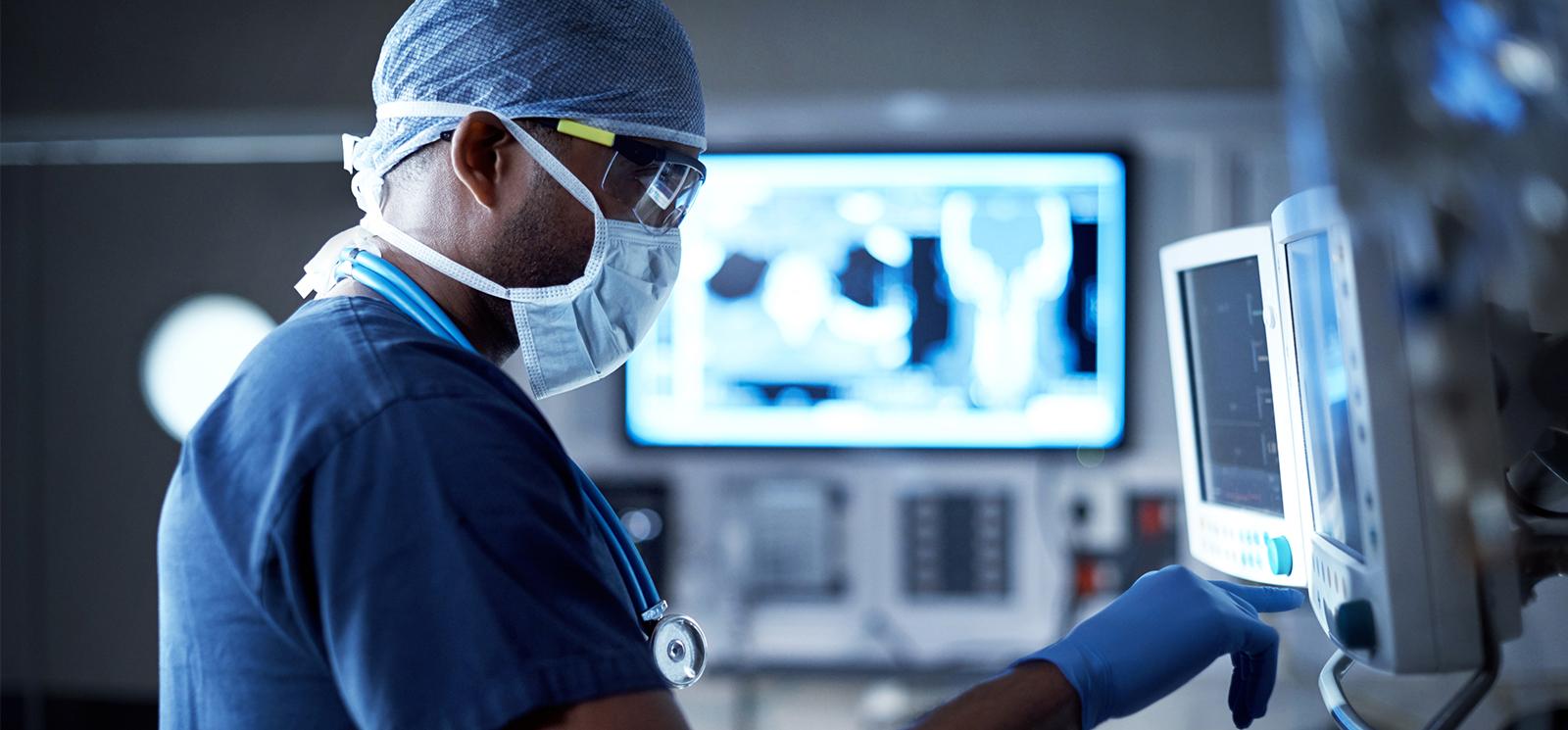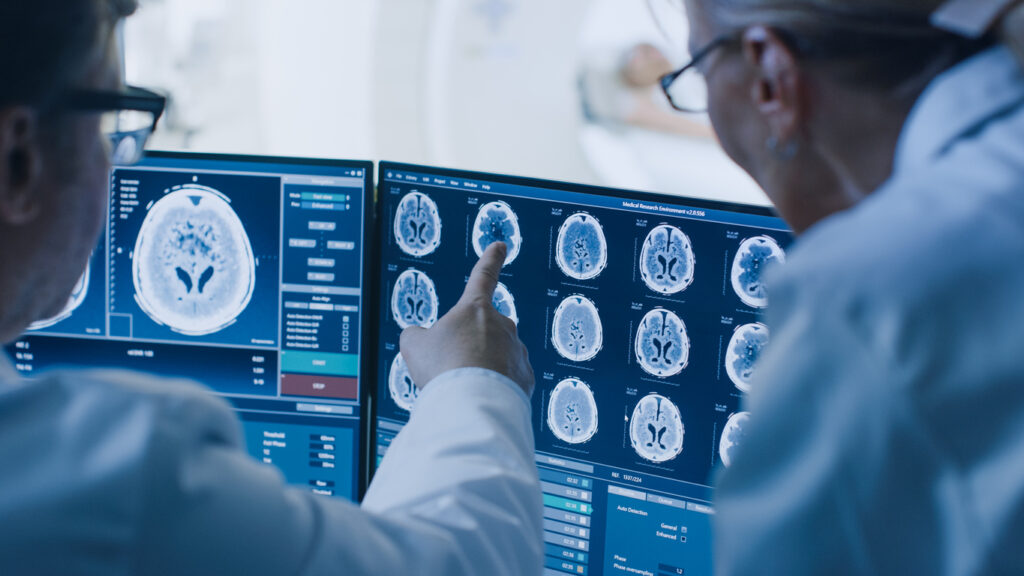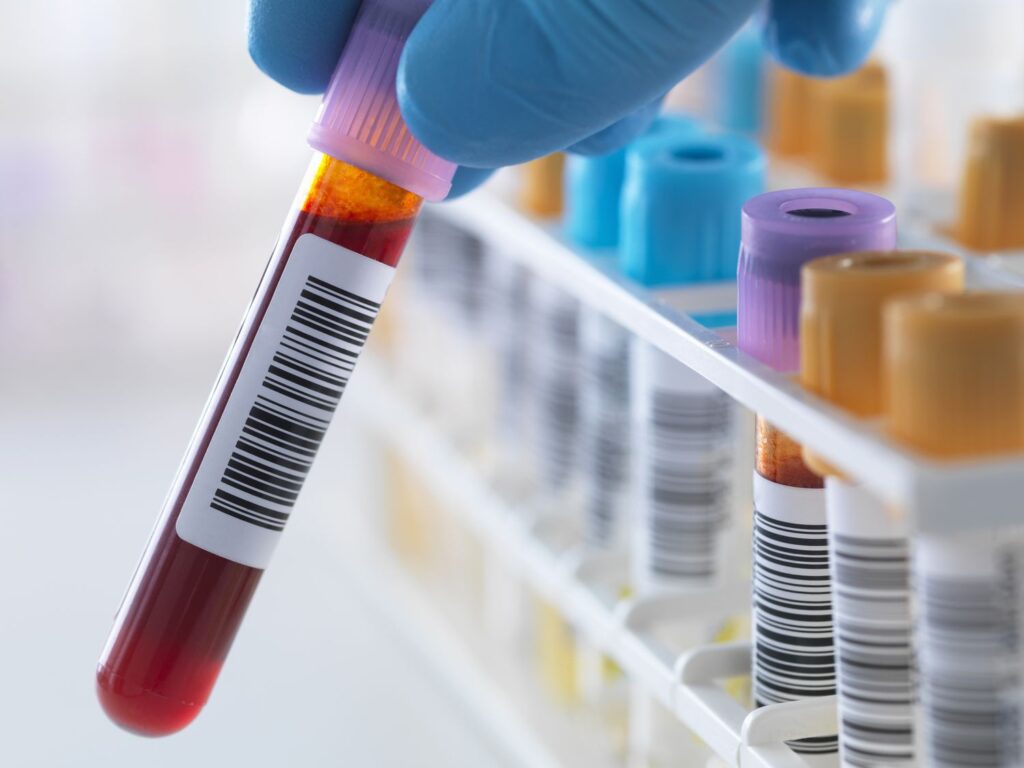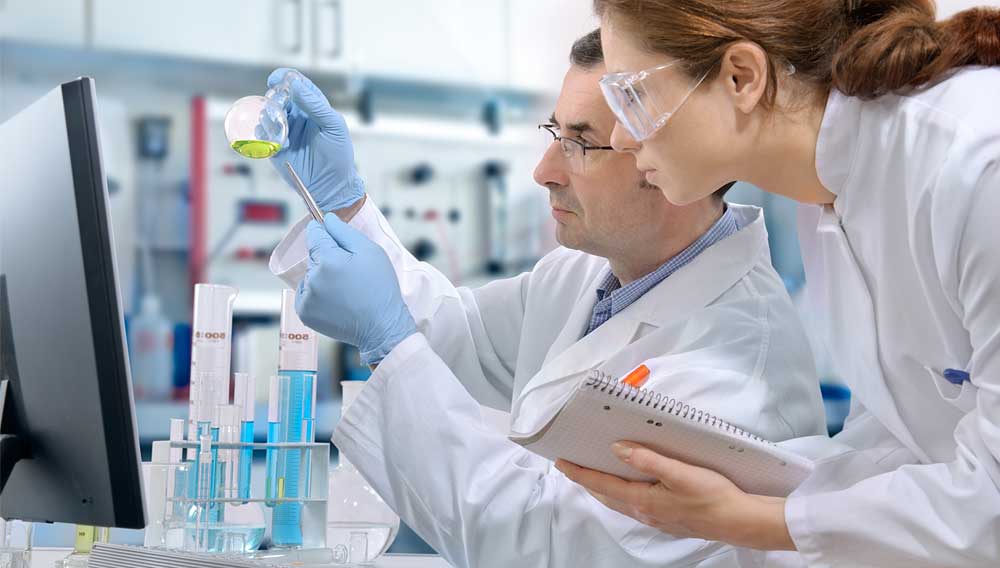
Unlocking the Potential of Diagnostic Testing: From Early Detection to Timely Treatment
As the landscape of healthcare continues to evolve beyond recognition, the role of diagnostic testing has become increasingly critical. These tests not only detect the presence of diseases, but they also offer crucial information about their progression and the effectiveness of treatments. This is all crucial in beating diseases and illnesses on time, and the right way.
The article before you delves into the world of diagnostic testing, exploring its importance, challenges, and future prospects. We will also take a look at its potential in facilitating timely treatment and personalized medicine.
Importance of Diagnostic Testing

Diagnostic tests, in essence, provide a snapshot of a patient’s health. They help clinicians understand the underlying causes of symptoms, guiding their decisions regarding the best course of treatment. Each test, by providing specific information about a patient’s physiological state, becomes a vital cog in the complex machinery of healthcare.
In a broader sense, diagnostic testing serves as a vital tool in the pursuit of global health objectives. It aids in tracking the spread of diseases, assessing the effectiveness of public health interventions, and informing policy decisions. In the face of a pandemic, for instance, extensive diagnostics becomes instrumental in controlling the outbreak and mitigating its impacts.
Early Detection: A Key to Effective Treatment
Detecting diseases in their early stages is crucial to securing positive health outcomes. The sooner a condition is identified, the higher the likelihood of successful treatment, and often, the less aggressive the required intervention. This importance of early detection underscores the value of routine check-ups and preventive screenings.
With regard to chronic diseases, early detection is particularly significant. Conditions such as cancer, diabetes, and heart disease, if caught early, can often be managed effectively, thereby improving the patient’s quality of life and survival chances. Therefore, the emphasis on early detection should be a fundamental pillar of any healthcare system.
Types of Diagnostic Tests

Diagnostic tests encompass a wide range of procedures. Blood tests, for instance, can reveal a host of health-related information, from infections and anemia to kidney function and genetic disorders. Other commonly utilized tests include imaging studies like X-rays and MRI scans, which allow for visualization of the body’s internal structures.
Biopsies and molecular tests represent another crucial category of diagnostic tools. These procedures can provide insights into diseases at a cellular or molecular level, facilitating precise diagnoses and informing tailored treatment strategies. As the field of diagnostic testing continues to evolve, the variety of available tests expands, enhancing our capacity to understand and combat disease.
Challenges Along the Way
Despite its undeniable significance, diagnostic testing is not without hurdles. One major challenge is the discrepancy in access to these vital tools. Resource-limited settings often lack the necessary infrastructure, trained personnel, and financial capacity to implement widespread testing.
On another front, issues surrounding the accuracy and reliability of tests can pose serious concerns. Misdiagnoses can lead to ineffective treatments and delayed care, sometimes with devastating consequences. Thus, ensuring the validity and consistency of diagnostic tests remains a priority in healthcare.
Improving Accessibility and Affordability
Addressing the issue of access requires a multi-faceted approach. Infrastructure investment and capacity building are essential in enabling testing facilities to operate in under-resourced regions. Equally important is the need for affordable diagnostic solutions, removing financial barriers that prevent individuals from seeking necessary testing.
On the affordability front, innovations in point-of-care testing offer promising possibilities. These tests are designed to be conducted at or near the patient’s location, often at a fraction of the cost of traditional laboratory tests. By bringing testing closer to the patient, we can alleviate some of the barriers to access and encourage early detection and treatment.
Innovations in Diagnostic Testing

The world of diagnostic testing is not static; it’s dynamic and continuously evolving. New technologies are paving the way for faster, more precise, and less invasive tests. For example, liquid biopsies offer a non-invasive method of detecting cancer by analyzing traces of tumor DNA circulating in the blood.
Another exciting area of innovation lies in the realm of biomarkers. These are biological indicators, often proteins or genes, which can be detected and measured in body fluids or tissues. Biomarkers hold significant promise for early disease detection, monitoring disease progression, and assessing treatment response.
Role of Technology

Digital technology is playing an increasingly central role in modernizing diagnostic testing. Machine learning and artificial intelligence (AI) algorithms can now aid in interpreting complex data from tests such as imaging studies or genomics. These technologies can potentially identify patterns that would be otherwise difficult for humans to discern, augmenting the precision and speed of diagnosis.
Beyond analysis, technology is driving advancements in the actual process of testing. Microfluidic devices, for instance, enable complex laboratory procedures to be performed on a miniature scale, simplifying processes and reducing costs. Such innovations make high-quality testing more accessible to populations across the globe.
Personalized Medicine: Tailoring Treatments through Diagnostic Testing
One of the most transformative applications of diagnostic testing lies in the realm of personalized medicine. By understanding a patient’s unique genetic profile or disease characteristics, doctors can customize treatments to the individual, thereby maximizing their effectiveness and minimizing potential side effects.
This approach is especially crucial in oncology, where targeted therapies based on genetic mutations have shown remarkable success. But the benefits extend beyond cancer care – personalized medicine has the potential to revolutionize treatment for a host of other conditions, from cardiovascular diseases to mental health disorders.
To Summarize: Amazing Future for Medicine
Diagnostic testing, with its power to illuminate the complexities of the human body, stands at the heart of modern medicine. From facilitating early detection and enabling personalized treatments to contribute to global health objectives, its impact is far-reaching.
The ongoing innovations in this field promise a future where diagnostic testing is more accessible, affordable, and precise, shifting the paradigm from reactive to proactive healthcare. While challenges still persist, the potential of diagnostic testing continues to unfold, redefining the boundaries of what is possible in health care. As with all the other tech, it will only get better with time.
